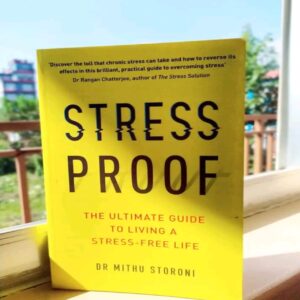Smart Snacking: How to Make Healthy Choices

Introduction
Snacking often gets a bad reputation, but when done right, it can be a valuable part of a healthy diet. The right snacks can provide energy, curb hunger, and prevent overeating at mealtimes. Instead of feeling guilty about snacking, focus on making nutritious and satisfying choices to support your overall health.
—
Main Points
1. Benefits of Healthy Snacking
Energy Boost: Healthy snacks can keep you energized throughout the day.
Prevent Overeating: Eating small snacks between meals helps control portion sizes during meals.
Support Nutrition Goals: Snacks are a great way to include essential vitamins, minerals, and fiber.
2. Healthy Snack Ideas
Nuts and Seeds:
Rich in healthy fats, protein, and fiber.
Stick to a handful to avoid over-consuming calories.
Greek Yogurt with Berries:
High in protein and antioxidants.
Add a drizzle of honey or a sprinkle of granola for flavor.
Fresh Fruits and Vegetables:
Apples, bananas, or carrot sticks paired with peanut butter or hummus.
Whole-Grain Crackers with Cheese:
A satisfying mix of fiber and protein to keep you full.
Homemade Smoothies:
Blend fruits, spinach, and a protein source like yogurt or almond butter for a nutrient-packed snack.
3. Tips for Guilt-Free Snacking
Portion Control: Use small bowls or containers to avoid mindless overeating.
Plan Ahead: Prep snacks in advance to avoid reaching for processed options.
Stay Hydrated: Sometimes thirst is mistaken for hunger—drink water before snacking.
—
Conclusion
Snacking can be a guilt-free and healthy habit when you make mindful choices. Opt for nutrient-dense options like nuts, yogurt, and fresh fruits to keep hunger at bay and energy levels steady. By planning ahead and focusing on portion control, you can enjoy snacks as a delicious and supportive part of your daily routine.
Would you like a
list of easy snack recipes or meal-prep ideas for healthy snacking?








